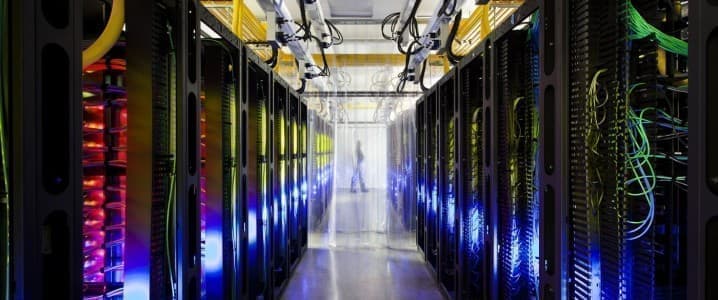Could China’s Gigantic AI Bubble Collapse Quickly?

The Rise and Fall of China’s AI Boom
Overview of China’s AI Expansion
A few months ago, the landscape of artificial intelligence (AI) in China was thriving. High demand for AI-related hardware, particularly Nvidia graphics processing units (GPUs), was evident as millions of these powerful chips made their way into the country despite facing tariffs and export restrictions from the U.S. The enthusiasm was so significant that specialized Nvidia H100 chips, vital for AI model training, reportedly sold on the black market for astonishing prices, up to 200,000 yuan, which is roughly $28,000. Numerous data centers sprang up to accommodate AI servers, reflecting the industry’s rapid growth.
However, recent reports from sources like MIT Technology Review suggest that this AI boom has encountered severe challenges, resulting in a significant downturn. Government investment has dwindled, compelling project managers to offload excess GPUs and leaving many newly constructed facilities unoccupied.
Challenges Faced by China’s AI Infrastructure
Misalignment Between Supply and Demand
China’s ambitious AI infrastructure rollout, while substantial, was fraught with planning flaws. A major issue was the mismatch between built capacity and actual demand in the market. Many of the newly established data centers focused heavily on training capabilities—feeding data into AI systems—rather than on inference—streamlining that data for practical use. This oversight has led to inefficiencies, with a surplus of high-end GPUs that primarily serve the demanding training process, leaving many data centers underutilized.
Regulatory and Market Missteps
Reports indicate that some companies exploited AI data centers to secure government subsidies for green energy and land deals. In some instances, electricity meant for AI operations was sold back to the grid for profit. Many developers took advantage of loans and tax incentives, choosing not to utilize their facilities effectively. Statistics show that last year, 144 companies registered with China’s Cyberspace Administration to develop Large Language Models (LLMs), but by the end of the year, only about 10% were still active in training these models.
Jimmy Goodrich, a senior advisor for technology at RAND Corporation, noted that the turmoil in China’s AI sector resulted in part from local governments and corporations jumping into the market with little experience, creating facilities ill-prepared for current demands.
The Impact of DeepSeek and Market Projections
DeepSeek’s Contribution to the AI Landscape
Ironically, China’s own AI lab, DeepSeek, has contributed to both excitement and distress in the AI market. It recently shocked the tech world by releasing a large language model that outperformed those developed by American firms like OpenAI and Meta. DeepSeek reported that its V3 model, with a notably low training cost of $5.6 million, challenged U.S. models that had required billions in investment. This achievement is impressive, especially given the ongoing U.S. restrictions on exporting powerful AI chips to China.
Future Demand for Power and Efficiency
Despite the challenges, analysts on Wall Street remain optimistic about future demand for electricity linked to AI applications. Nikki Hsu, an analyst at Bloomberg Intelligence, emphasized that while demand will likely increase, the specifics remain uncertain. Carlos Torres Diaz from Rystad Energy pointed out that as data centers become more efficient, they might process more data, further driving up energy needs.
According to the Electric Power Research Institute (EPRI), data centers could consume up to 9% of the total electricity produced in the United States by the end of the decade, a notable increase from approximately 1.5% today. Last year, the U.S. industrial sector used 1.02 million GWh of energy, accounting for 26% of the nation’s electricity consumption.
Ultimately, while China’s AI boom faced significant pitfalls related to planning and execution, the potential for recovery and further development remains, particularly as efficiency improves and demand for AI grows.





